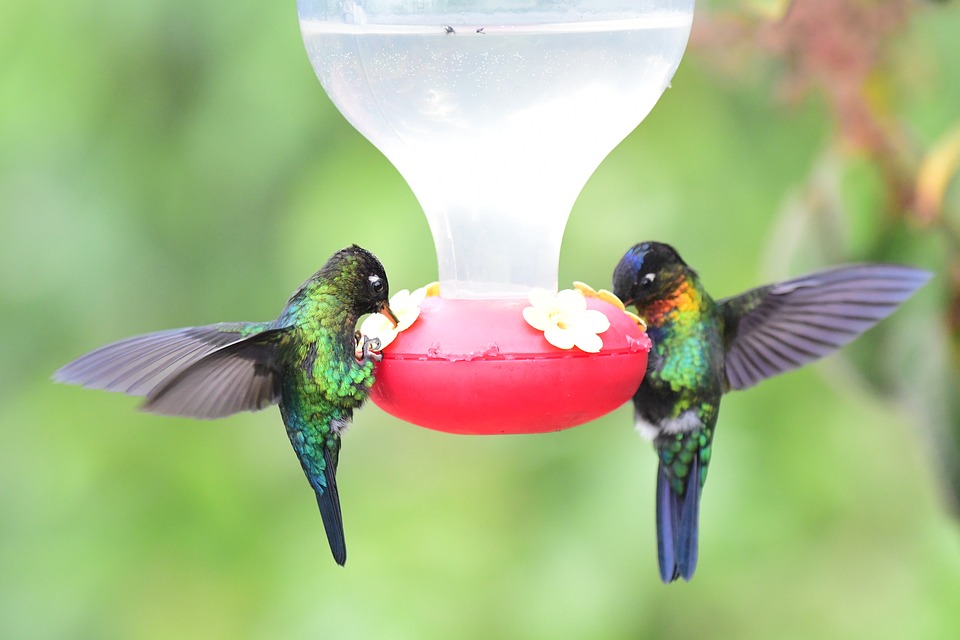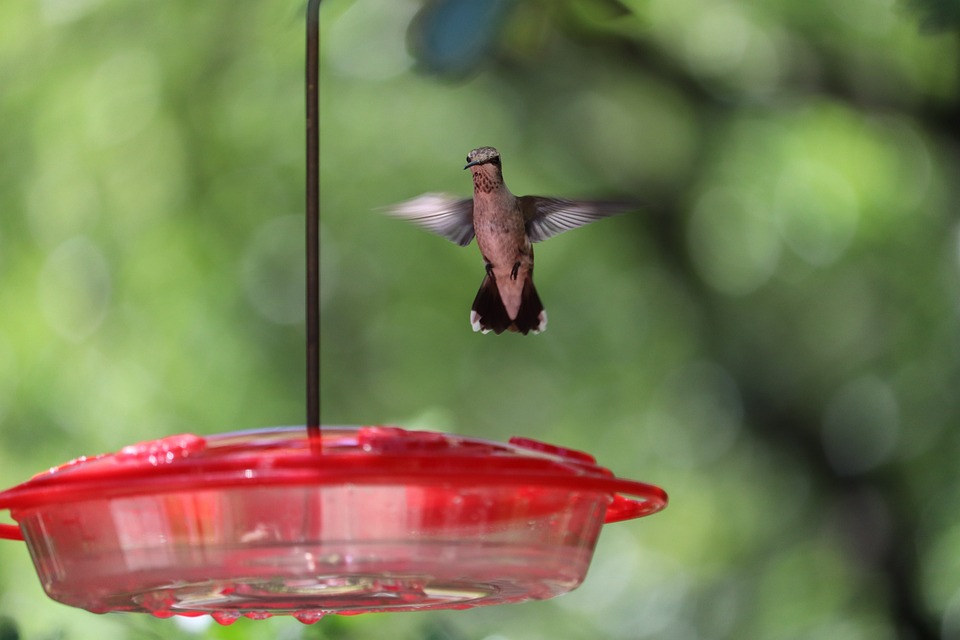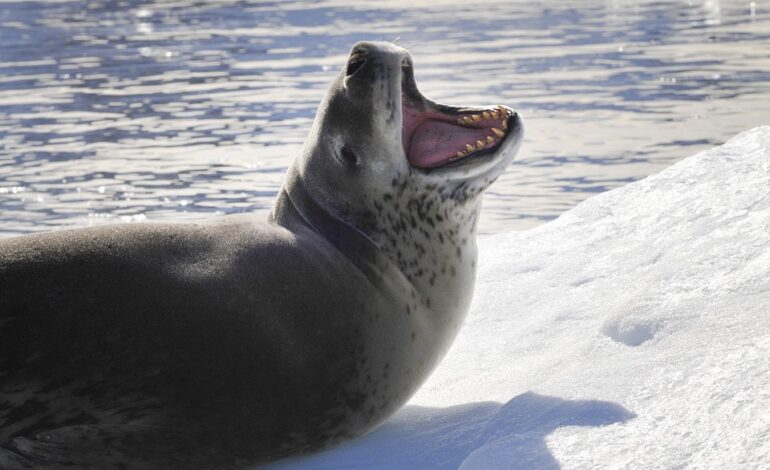What are hummingbird feeders?
Hummingbird feeders are containers filled with a sweet nectar solution that hummingbirds use to feed. Typically, these feeders include ports with long, narrow tubes through which the birds can consume the nectar.
Hummingbird feeders’ vivid colors and tasty nectar typically attract these birds to gardens, patios, and other outdoor settings.
How to select a hummingbird feeder
Here are some factors to consider when selecting a hummingbird feeder:
- Capacity: Select a feeder that can hold enough nectar for several birds.
- Leak-proof design: To avoid nectar from spilling onto the ground, look for a feeder with a leak-proof design.
- Ease of cleaning: To minimize the growth of hazardous bacteria, use a feeder that can be easily dismantled and cleaned.
- If ants are a problem in your area, seek for a feeder with built-in ant moats or one that can be hung with ant-proof ropes.
- Consider feeders constructed of weather-resistant materials like glass or plastic to endure the elements.
- Size: Make sure the feeder is the right size for the amount of birds you plan to attract and the available area.
- Port design: Select a feeder with easily accessible and drinkable ports for hummingbirds.
What color hummingbird feeder is best?
The color of a hummingbird feeder can play a role in attracting these birds. Bright, bold colors such as red, orange, and pink are thought to be particularly attractive to hummingbirds.
This is due to the fact that birds are attracted to flowers due to the nectar they contain. Not all flower-shaped feeders are made to look like flowers; some are merely pots of various hues. Hummingbirds can be attracted to your yard or garden with the help of a colorful feeder.
How to keep ants out of hummingbird feeders?
Here are some methods to keep ants out of hummingbird feeders:
- Ant moats: Ant moats are small containers filled with water that can be placed on top of the feeder. Ants are unable to cross the water and therefore cannot reach the nectar.
- Ant-proof cords: Some feeders can be hung from ant-proof cords, which are specially designed to prevent ants from climbing up to the feeder.
- Petroleum jelly: Applying a thin layer of petroleum jelly around the feeding ports and hanger of the feeder can create a barrier that ants cannot cross.
- Soap and water solution: combining the two and putting it to the feeder’s hook can deter ants.
- Maintenance: Cleaning the feeder and its surroundings on a regular basis can assist get rid of ant trails and minimize the number of ants attracted to the feeder.
- When dealing with ant infestations, it can be helpful to move the feeder away from any nearby trees or ant nests.
How to keep bees away from hummingbird feeders?
Here are some methods to keep bees away from hummingbird feeders:
- If you want to discourage bees from visiting your feeder, you can try relocating it to a more inaccessible spot, like a shady area or someplace far from any nearby flowering plants.
- Bee guards: Some hummingbird feeders come with bee guards or inserts that make it more difficult for bees to get the nectar.
- Concentrated nectar formulas (four parts water to one part sugar) have been shown to be effective in reducing bee activity.
- Eliminating bee attractants and decreasing bee activity can be accomplished through routine cleaning of the feeder and removal of any residue.
- Putting the feeder in a spot where there is plenty of fresh air to circulate, like a porch or a tree branch, can assist to lessen bee activity.
- Drying time: Allowing the feeder to completely dry between refills will also help to lessen bee activity, since bees are less likely to be drawn to a dry feeder.
What to do when the hummingbird feeder is frozen?
If the nectar in your hummingbird feeder has frozen, here’s what you can do:
- Remove the feeder: Remove the feeder and any remaining nectar.
- Warm the feeder: Put it in a warm place, such as a sunny window or near a heat source, until the nectar has thawed.
- To remove any residue, thoroughly clean the feeder with hot water and mild soap.
- Refill the feeder: Fill the feeder with fresh nectar and replace it in its customary placement.
- Avoid overheating the nectar: Avoid overheating the nectar since high temperatures might foster the growth of hazardous microorganisms.
- Use the correct nectar formula: To produce the nectar, combine 4 parts water and 1 part sugar, and avoid adding red food coloring or any other ingredients that may be hazardous to the birds.
- Keep an eye on the temperature: Check the nectar on a regular basis, especially during hot weather or low humidity times, to ensure it does not freeze or spoil.




